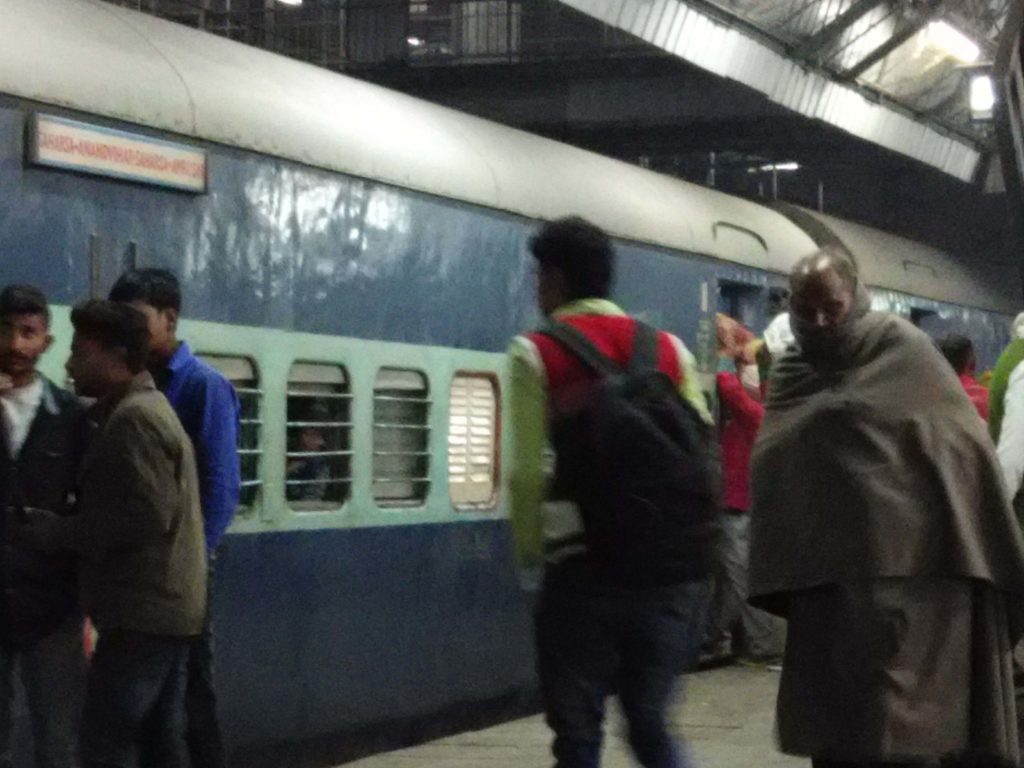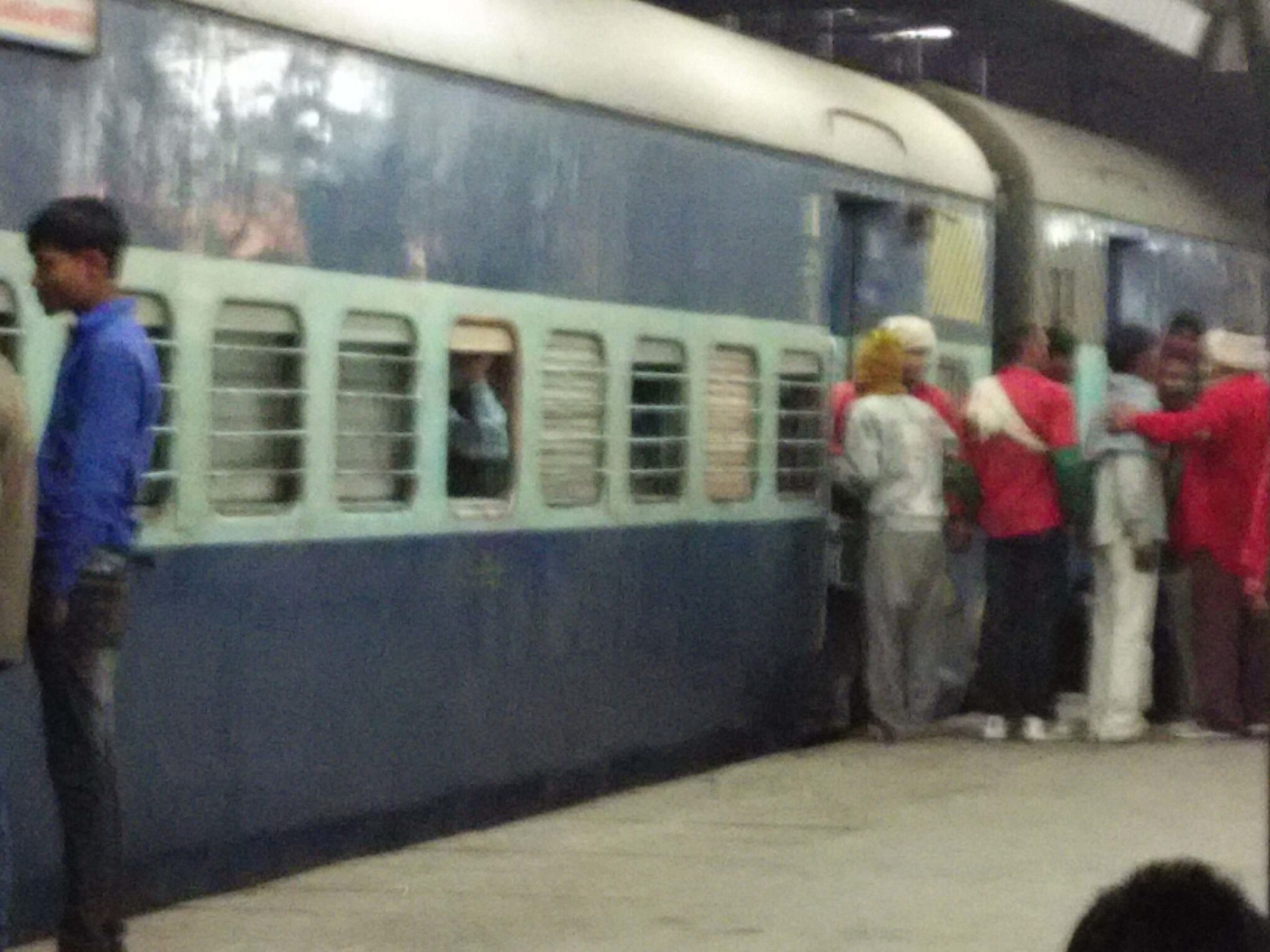Reading Time: 3 minutes
Tinku takes a hard look at the underbelly of labour trafficking. Railway coolies are paid a paltry sum to undertake this risky job. One poor man sells another for just Rs 50/-. It’s distress migration, where the migrants have no choice. Here’s an expose.
Economics of labour migration projects labour as an input of production that has perfect knowledge of the labour market and prevailing wage rates. Though the economic theories on migration acknowledge the gaps in such warranted assumptions by ‘ceteris paribus’ yet it does not project the non-economic side of labour migration. Economics for the labour class does not extend beyond their subsistence whilst for the profit makers, mafias, and corporate it is pure economics where the human value of labour does not count.
My journey back from Patiala via Ambala had many interesting revelations in this context. Seated on a bench as I kept gazing at the trains pass by, I was intrigued by the unusual support extended by the coolies to the poor labour class passengers in entering the general class bogies. My training in economics questioned the cost benefits analysis of this process. Why did all coolies run to escort these poor labourers with their bag and baggage to these trains via Ambala-Delhi to Odisha, Bihar and UP? As I was engrossed taking quick clicks of them, a fellow passenger seated next to me on the bench interrupted me. He bossily introduced himself to be from army going back to his hometown in Aarah, Bihar. Reading my curiosity that had by now become very expressive, he asked me, “Kaha ki ho maidam?” His question by now had made it obvious that my curiosity was alien to the local culture where everyone else knew what was happening!! Finding myself revealed, I asked him, “Who pays these coolies for their services? Why are they physically pushing in these labourers and their families through the emergency windows of the general bogies? (The general compartment of the trains were already jam-packed and therefore the doors were shut from inside to avoid further congestion) 

What I learnt from this army man further was shocking for me!! This was a common practice and all these coolies were paid Rs 50 per labour boarding. After all it was money that answered all my doubts and the cost benefit analysis stood validated. Here I refer to Prof. Bhaskar Majumder’s reference to such migration as “distress migration” wherein the homeland with squeezed resources for sustenance drives labourers to cities and peripheral regions for a better livelihood. He also highlights debt-advance wage migration cycle that sustains migrations. My observation is an extension of this migration process that gets facilitated by the coolies that find lucrative out of this petty but risky task.
Prof Sucha Singh Gill and Prof Ranjit Singh Ghuman’s study on inter-state migrant labour revealed that migrant labourers constitute 23 per cent of the total agricultural workforce in Punjab (2013). With a whooping seven lakh casual migrant labourers the ratio of casual to regular labour stands at 80:20. The UNESCO report on ‘Social Inclusion of Illegal Migrants in India’ categorically places that the migrants are looked upon as outsiders and considered a burden, but the fact is that internal migrants contribute cheap labour for manufacturing and service and, in doing so, contribute to the Gross Domestic Product (GDP).
This possibly answers the racket behind this labour transportation or say, trafficking, that clearly falls under the legal definition of forced labour wherein exercise of force includes “not only physical or legal force, but also economic circumstances that compel labourers to sell their labour at remuneration less than the minimum wage rate”. But ironically the flawless racket though becomes visible at the lowest order but has backbone support right from our policy planners who by not accepting migrants or providing facilities to them, risk their lives both at their homelands as well at their destination places.
Pictured sourced by author
















This kind of exploitation is a widespread problem. Thank you for this real-life account that gives this terrible practice a human face.
thanks Joyce for ur comments.